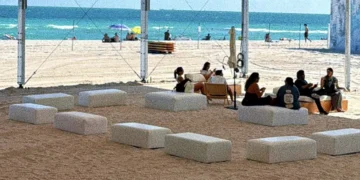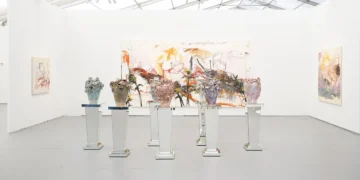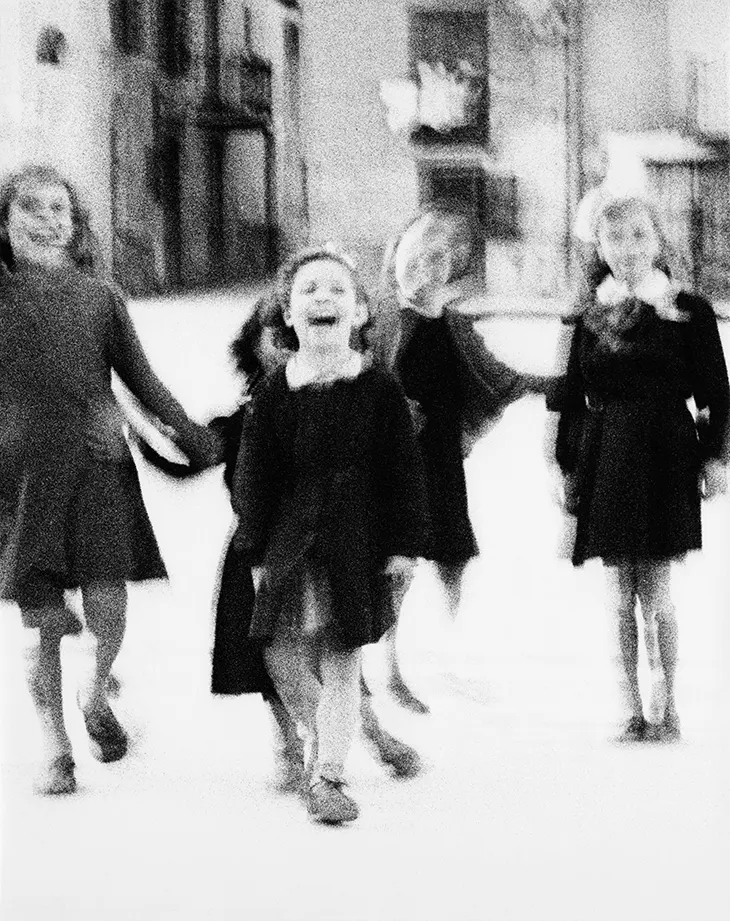
Gagosian Gallery in Rome is set to showcase “Italian Days,” a compelling exhibition that pairs Richard Avedon‘s early Italian street photography with his later iconic portraits, offering a comprehensive view of his evolving artistic journey. The exhibition features over twenty photographs, including the complete series “Italy” (1946–48), which captures scenes from Rome, Sicily, and Venice. For the first time, visitors will be able to view all eighteen images from this pivotal series alongside portraits of notable cultural figures, illustrating the distinctive style that Avedon is known for. Additionally, images from a 1946 series portraying Zazi, a Roman street performer, add a unique layer to the exhibition, showcasing Avedon’s range and his ability to capture the spirit of his subjects.
ART
Richard Avedon’s connection with Italy began in 1946, shortly after the end of World War II. At a time when Italy was reopening to visitors, Avedon immersed himself in the Italian landscape, making several trips over the decade that followed. These journeys were crucial in shaping his approach to photography, particularly portraiture. Italy’s mix of beauty and devastation, its rich history, and the diverse expressions of human resilience he encountered fueled his creative vision. This period marked a significant evolution in Avedon’s style, from capturing spontaneous street scenes to composing introspective portraits.
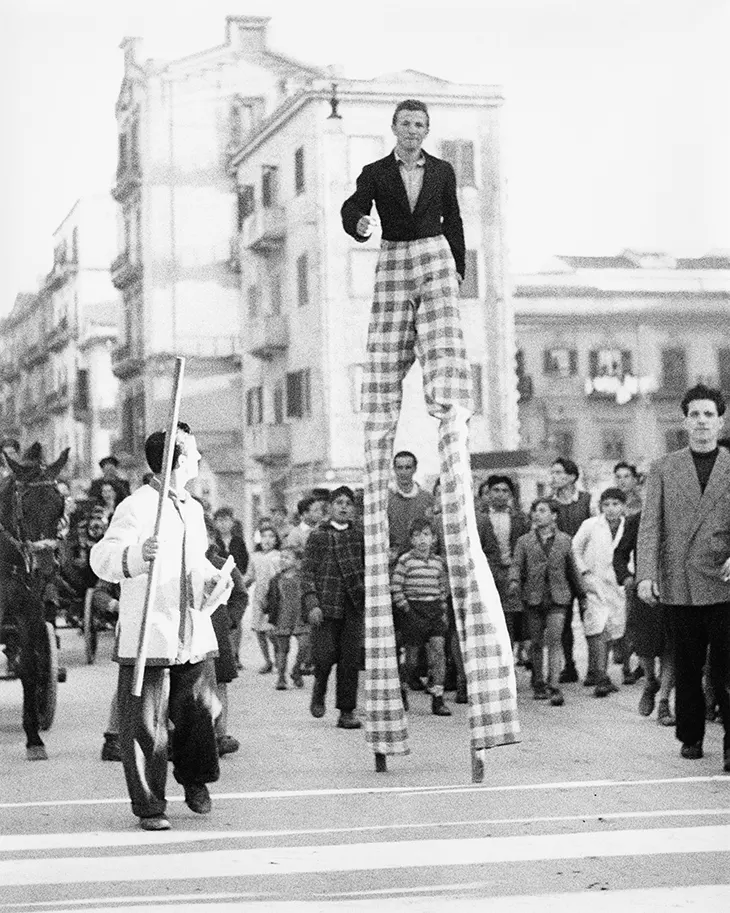

The exhibition at Gagosian Rome not only revisits Avedon’s roots but also highlights the techniques he developed during his time in Italy. By juxtaposing works such as the 1957 forlorn portrait of Marilyn Monroe and a 1980 image of Ruby Holden from “In the American West,” with his earlier Italian street portraits, the gallery illustrates how these foundational experiences influenced his later, more famous works. These pairings suggest that the emotional depth and compositional strategies Avedon is celebrated for can be traced back to his formative years in Italy. Avedon’s photographs often reflect a deep engagement with his subjects, evident in the way he captured the despair in Monroe’s eyes or the pride of a young Sicilian boy in his 1963 self-portrait.


The choice of Italy as a backdrop for Avedon’s early work adds a historical layer to the exhibition. Post-war Italy, with its landscape of recovery and reconstruction, provided a starting point for Avedon to explore themes of human endurance and the complexity of the human spirit. This context is crucial in understanding the depth and breadth of his work, as each photograph encapsulates moments of a country, and indeed, of individuals, at a crossroads.
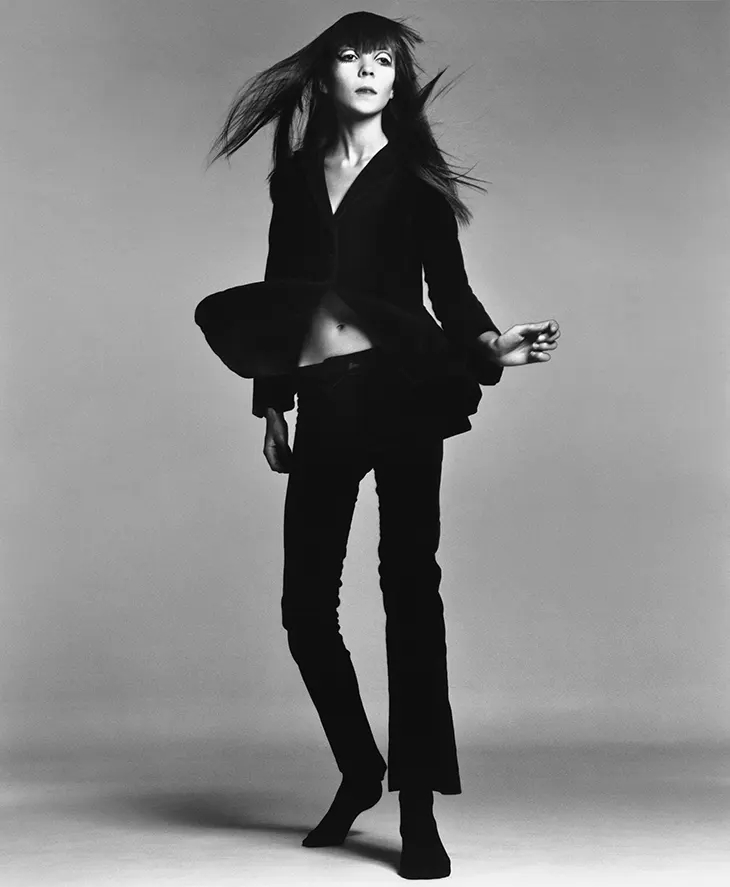
By presenting his early and late works side by side, the exhibition offers an insight into the continual development of his technique and vision. For admirers of photography, this showcase promises a deeper appreciation of Avedon’s mastery and his impact on the visual narrative of the 20th century.














